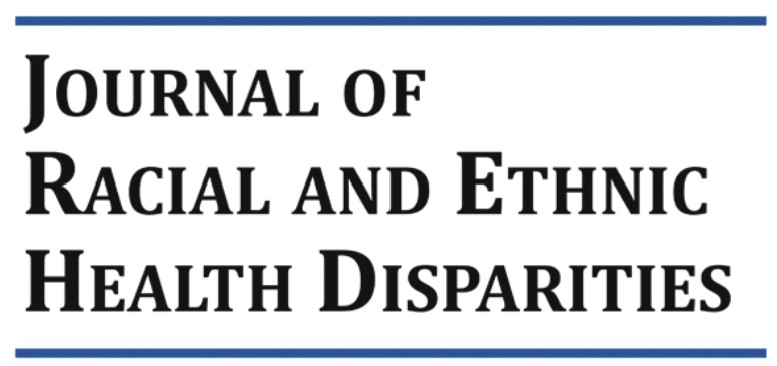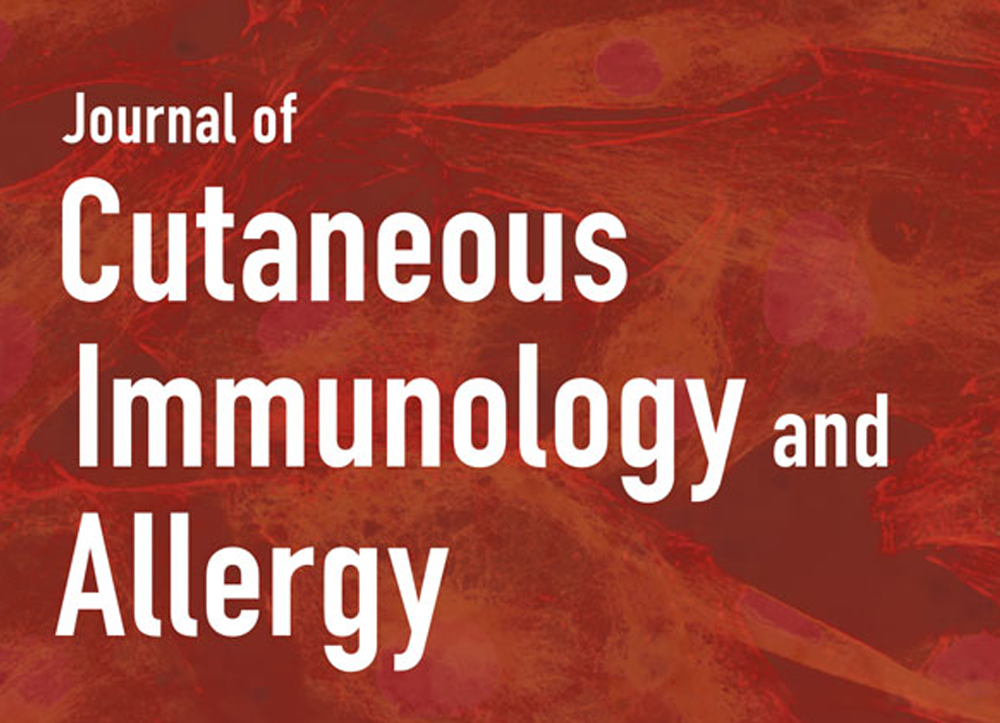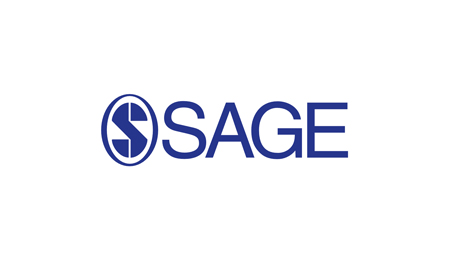Abstract
Elevated levels of bacteria, including biofilm, increase the risk of chronic wound infection and inhibit healing. Addressing asymptomatic high bacterial loads is challenged by a lack of clinical terminology and diagnostic tools. This post-hoc multicenter clinical trial analysis of 138 diabetic foot ulcers investigates fluorescence (FL)-imaging role in detecting biofilm-encased and planktonic bacteria in wounds at high loads. The sensitivity and specificity of clinical assessment and FL-imaging (MolecuLight) were compared across bacterial loads of concern (104–109 CFU/g). Quantitative tissue culture confirmed the total loads. Bacterial presence was confirmed in 131/138 ulcers. Of these, 93.9% had loads >104 CFU/g. In those wounds, symptoms of infection were largely absent and did not correlate with, or increase proportionately with, bacterial loads at any threshold. FL-imaging increased sensitivity for the detection of bacteria across loads 104–109 (P < .0001), peaking at 92.6% for >108 CFU/g. Imaging further showed that 84.2% of ulcers contained high loads in the periwound region. New terminology, chronic inhibitory bacterial load (CIBL), describes frequently asymptomatic, high bacterial loads in diabetic ulcers and periwound tissues, which require clinical intervention to prevent sequelae of infection. We anticipate this will spark a paradigm shift in assessment and management, enabling earlier intervention along the bacterial-infection continuum and supporting improved wound outcomes.
















